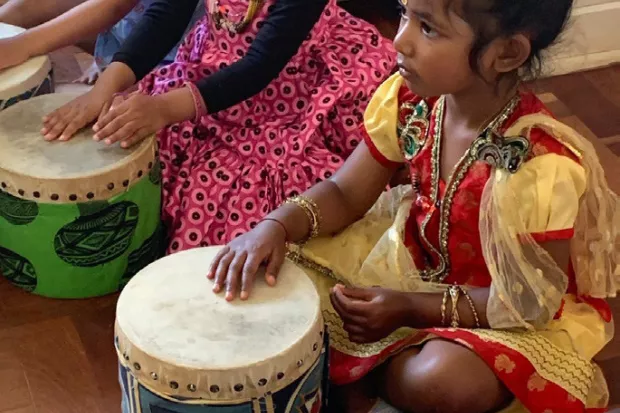Message from the chaplain: 10 May 2019
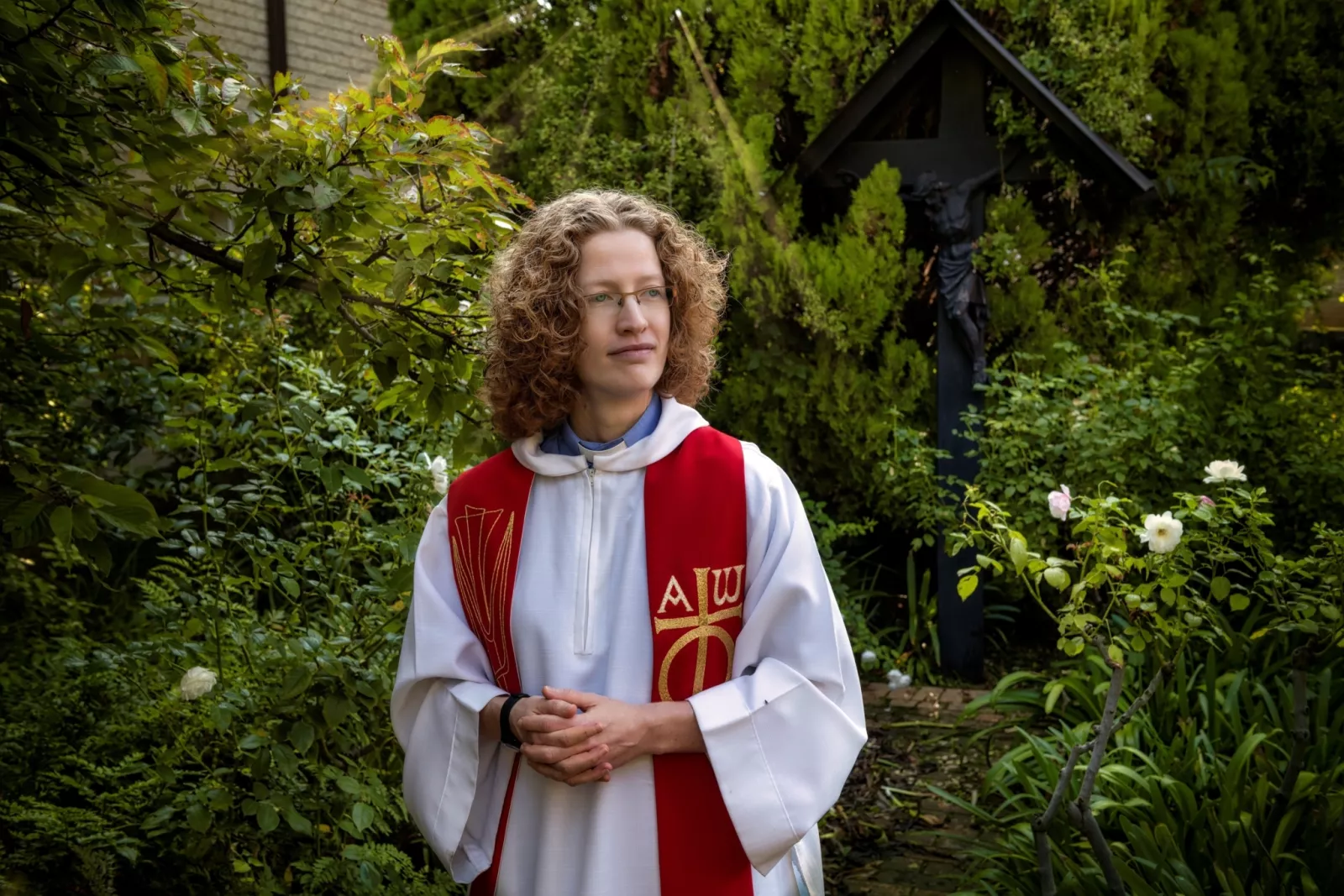
After the sabbath, as the first day of the week was dawning, Mary
Magdalene and the other Mary went to see the tomb. And suddenly
there was a great earthquake; for an angel of the Lord, descending
from heaven, came and rolled back the stone and sat on it. His
appearance was like lightning, and his clothing white as snow.
For fear of him the guards shook and became like dead men. But
the angel said to the women, “Do not be afraid; I know that you
are looking for Jesus who was crucified. He is not here; for he has
been raised, as he said. Come, see the place where he lay. Then go
quickly and tell his disciples, ‘He has been raised from the dead,
and indeed he is going ahead of you to Galilee; there you will see
him.’ This is my message for you.” So they left the tomb quickly
with fear and great joy, and ran to tell his disciples. Suddenly Jesus
met them and said, “Greetings!” And they came to him, took hold of
his feet, and worshiped him. Then Jesus said to them, “Do not be
afraid; go and tell my brothers to go to Galilee; there they will see me.”
- Matthew 28:1–10 (NRSV)
At our Senior School Eucharists on Tuesday, Athambile Masola (a past St Mary’s teacher) shared with us using Matthew 28:1-10 as her text. She linked the role of the women in the Biblical text to the role of two Christian South African women who made an impact on our country: Charlotte Maxeke and Nontsizi Mgqwetho. In the light of Mothers’ Day this coming Sunday, it is apt to quote extensively from Athambile’s sermon (with her kind permission), to shed light on the lives of two mothers of our nation:
“Like the two Marys [in Matthew 28:1-10], there are two women in South Africa’s history whose names are not as famous as they should be. Their names are Charlotte Maxeke and Nontsizi
Mgqwetho. We know very little about Nonstizi Mgqwetho’s life until she enters the social scene in the 1920s as a poet who wrote in isiXhosa in Umteteli Wabantu, a popular newspaper in the 1920s. Her poems were collected over time and in 2007 a book of her poems and translations into English was finally published.
“Charlotte Maxeke is a little more well-known than Nontsizi Mgqwetho. She had a seemingly normal childhood for a black child in the 1800s but her life changed when she met two teachers, Paul Xiniwe and Isaac Wauchope. Both these teachers were influential in Charlotte’s life and saw her potential. They were themselves influential characters in South Africa’s history. Isaac Wauchope was a writer and Paul Xiniwe was a musician who was involved in the establishment of the African Choir which toured Britain in 1891, performed in front of Queen Victoria, and of which Charlotte Maxeke was a part when she 22 years old. In 1894 she travelled with the choir to America where they performed until the bad financial management of the choir masters caught up with them. It was an advert in a newspaper which changed Charlotte’s life as she was able to stay in America and study at Wilberforce University in Ohio with the help of the African Methodist Episcopalian Church which funded her studies. This meant that she became the first black South African woman to get a university degree abroad. This matters because, at the time, in South Africa, there were few opportunities for women to study, let alone study and get a degree, so for Charlotte to get a degree abroad, matters in ways we cannot imagine given our relationship with studying further. There were also other black South African students studying abroad at the time. Many of them returned to South Africa to play a historical role which changed the life and politics of South Africa.
“When Charlotte returned to South Africa after graduating, she did not disappear into a quiet life; she became a social activist. She was married to a newspaper man and the two of them set about writing and talking about the politics of their time. Her connections at Wilberforce University also led to the establishment of the South African chapter of the African Methodist Espicopalian Church. In 1918, Charlotte established one of the first women’s organisations called the Bantu Women’s League.
“I like to imagine that these two women were friends. But we don’t have enough information about them to make this conclusion. What we do know is that they knew about each other and admired each other’s work deeply. In her poetry, Nontsizi wrote about how inspired she was by Charlotte Maxeke’s work. In an article Charlotte Maxeke wrote lambasting the political shenanigans of the men in her circle, she wrote about how inspired she was by the sharp political poetry of women whose voice has been silenced. She was writing about Nontsizi.
“Like the two Marys in the Bible, Charlotte Maxeke and Nontsizi Mgqwetho wrote themselves into history as though they knew that, if they did not write about their work and write about what they saw around them, no one else would do it. It was Charlotte’s interest in music which led her to another country which changed her life. It was Nontsizi’s poetry which we have access to even today that allows us the opportunity to think about what it means to be women who speak about the things which hurt us, which undermine us and which do not uphold our humanity.
“The stories of Charlotte Maxeke and Nontsizi Mgqwetho are important not only for us as women, but they are important about what it means to be citizens in this country.”
Revd Claudia Coustas
Chaplin
Related News
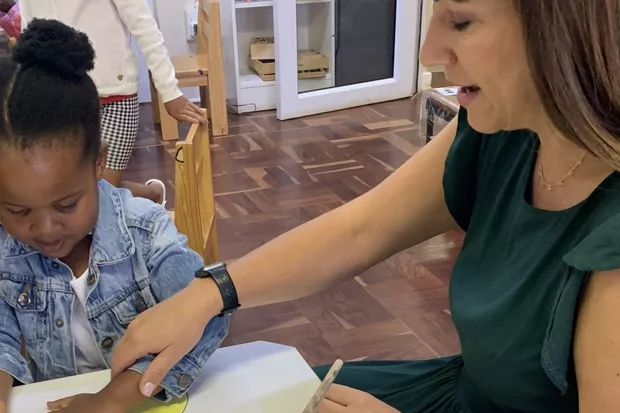
Little Saints News
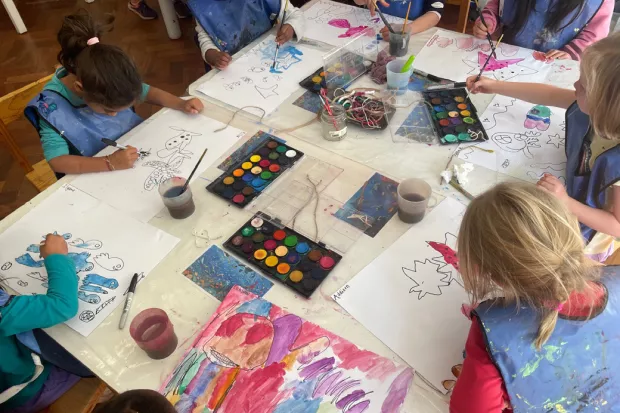
Little Saints News
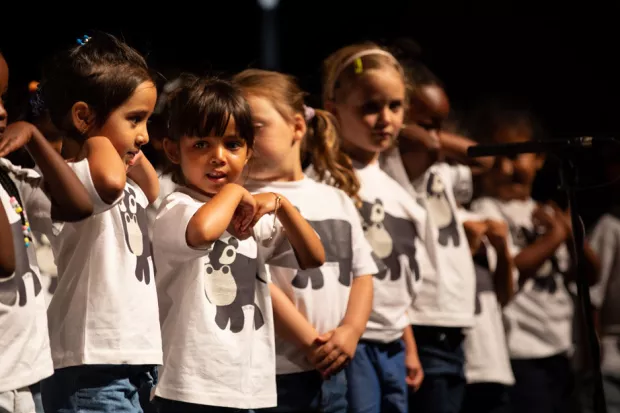
Little Saints News
